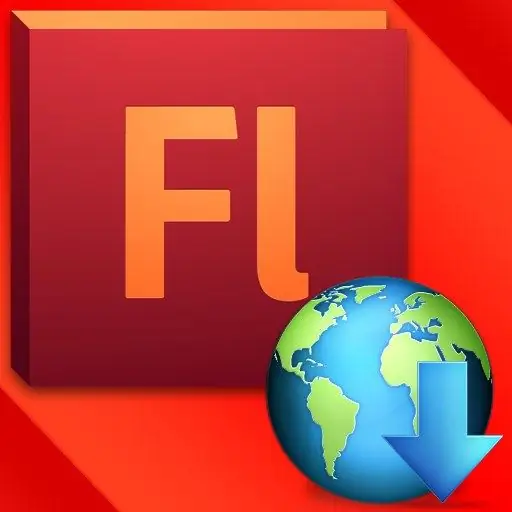- Author Lauren Nevill [email protected].
- Public 2023-12-16 18:48.
- Last modified 2025-01-23 15:15.
The elements of animation, sound design and scripts of interactive interaction made using flash technology combined into one file are most often used on the Internet. There are several ways to extract such a file from the site on which it is posted.

Instructions
Step 1
If you have FTP or site management access to the server, retrieving the flash element is relatively straightforward. To connect to the site via FTP-connection, use a special program - FTP-client. You can find a lot of applications of this kind on the Internet - for example, FlashFXP, WS FTP, Cute FTP, FileZilla, Smart FTP, etc. Their interfaces are arranged differently, but all have a quick connection function, for which login fields are placed on a separate panel, password, server address and port number. Fill in the first three fields - you usually don't need to specify a port - and press Enter to establish a connection. The FTP client window is usually split into two frames, one representing the server directory tree and the other representing your computer. On the server, find the required file with the swf extension - this is how ready (compiled) flash elements are denoted - and drag it to any folder on the local computer.
Step 2
With a content management system (CMS), the procedure will be even easier. After logging into the CMS, find the link to the file manager in the menu and go to its page. Find the required swf file, select it in the file manager list and click the button or link located on the same page (depending on the control system used) to download it to your computer. In the standard save dialog, specify the name of the file and select the folder for storing it. Then click the "Save" button.
Step 3
If you do not have access to the "internals" of the site, use the capabilities of the browser - load the page with the required flash element into it, and then extract the flash file from the cache of the Internet browser. A cache is a temporary storage of web page elements located on the local computer. Its specific location depends on the type of browser used. And if you use the Opera application, you don't have to look for a folder on your computer - open the browser menu, in the "Page" section, go to the "Development Tools" subsection and select the "Cache" line. The contents of the temporary storage will be loaded as links with preview pictures and the ability to filter by file type - find the link you need and save it to a convenient place using the "Save As" command of the context menu.
Step 4
Some servers are configured to prevent browsers from caching Flash movies. In this case, to retrieve them from the site, try using specialized Internet services - for example, it can be Videosaver.ru. On the main page of the service, select from the drop-down list the name of the web resource where the required flash element is located, and in the field next to the list, specify the address of the page. After clicking the "Download" button, a regular text link to the specified flash file will appear, which can be saved using the "Save As" item in the context menu.






